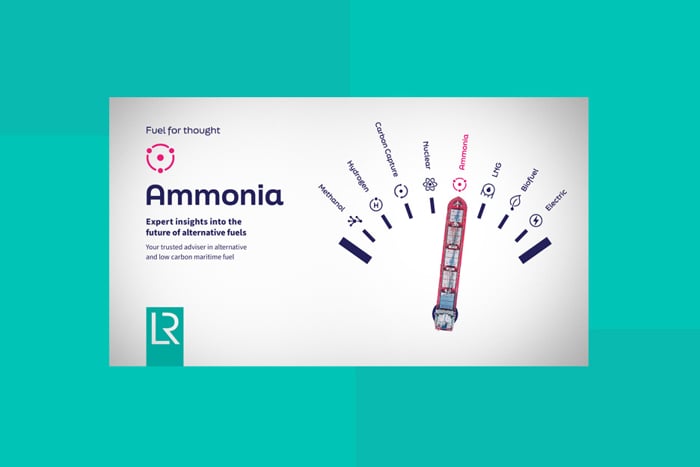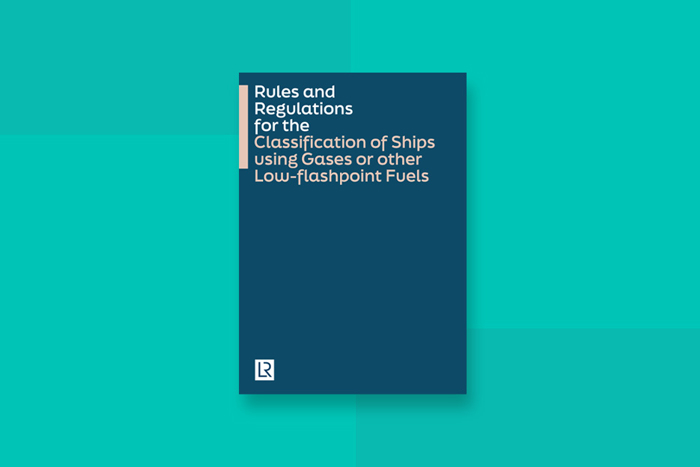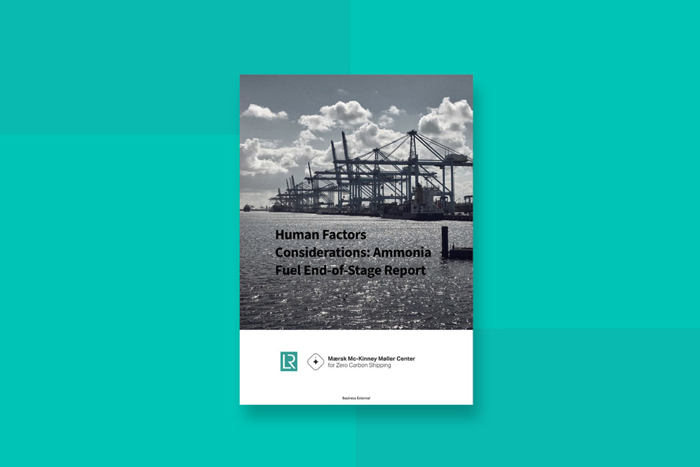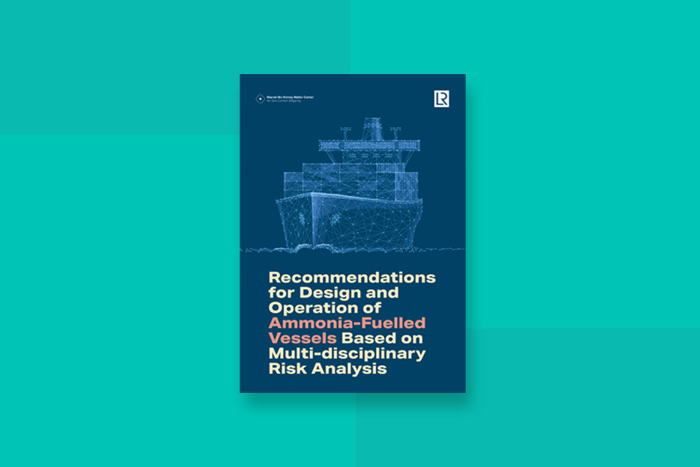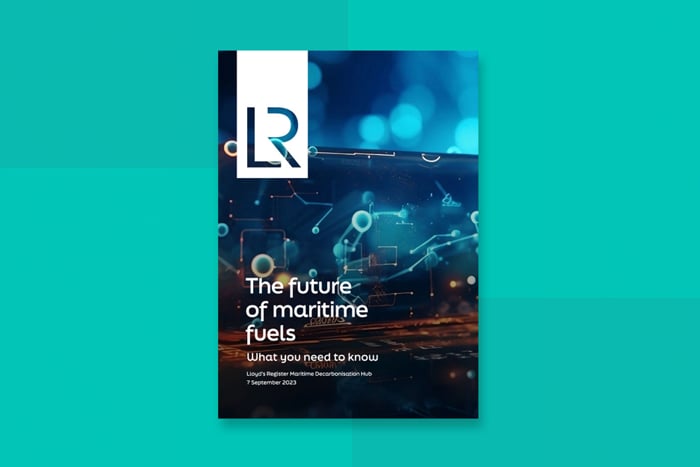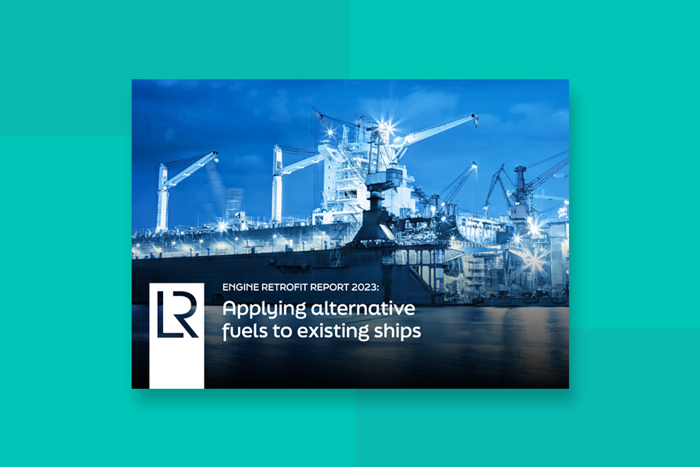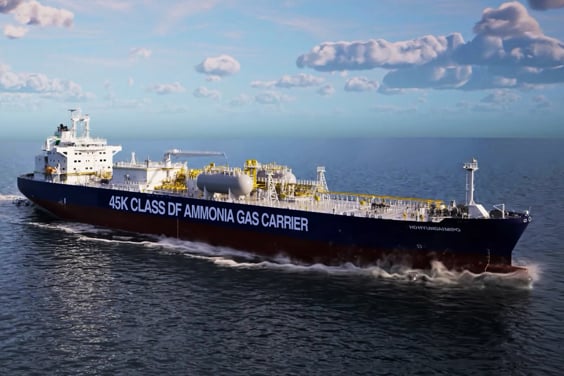Ammonia fueled ships
As the shipping industry strives to reduce its environmental impact, the potential of ammonia as fuel in shipping has emerged as a potential low-carbon option with promising characteristics. Unlike traditional marine fuels, ammonia is virtually free of sulphur oxide (SOx) and particulate matter (PM) emissions, contributing to cleaner air quality. When produced using renewable energy, ammonia can achieve a lifecycle greenhouse gas (GHG) emission reduction of up to 90% compared to traditional fossil fuels. This makes it a viable option for achieving the International Maritime Organization's (IMO) target of reducing GHG emissions by at least 50% by 2050.
Advantages of Ammonia as a marine fuel
Ammonia can be used in various ammonia powered engines, including dual-fuel engines that can switch between ammonia and conventional fuels. Its high energy density and low viscosity make it suitable for long-range shipping operations.
Ammonia marine fuel safety
However, the widespread adoption of ammonia fueled ships faces storage and bunkering infrastructure challenges. Safe and efficient ammonia handling requires specialised equipment and facilities currently limited in the shipping industry. Ammonia holds significant potential as a low-carbon fuel for maritime, offering a path towards cleaner, more sustainable operations. Whilst challenges remain, ongoing research and development efforts are paving the way for a future where ammonia plays a major role in decarbonising the maritime sector.
Latest content, downloads and tools
Frequently Asked Questions
Ammonia can be used as a marine fuel and is increasingly being considered a viable alternative to traditional marine fuels. Engine-makers such as Wärtsilä, MAN Energy Solutions and WinGD are developing ammonia-capable engines, and the first ammonia-powered ships are expected to be in operation by 2025.
Challenges such as its toxicity, storage, and handling safety need to be addressed when discussing ammonia’s suitability as a marine fuel. Additionally, the development of appropriate engine technologies and infrastructure to support ammonia as a marine fuel is still in progress.
Disadvantages of ammonia fuel include its toxicity, potential for producing NOx emissions during combustion, and lower energy density compared to conventional marine fuels. Additionally, ammonia requires a pilot fuel for consistent combustion, which complicates its usage.
Ammonia is primarily used in the production of fertilisers, accounting for about 70% of its use. It is also used as an industrial chemical in various manufacturing processes.
Ammonia is not currently widely used as a fuel due to its toxicity, handling and storage complexities, lower energy density, and the current lack of infrastructure and technology for safe and efficient usage. However, work is ongoing to address these concerns.
Ammonia is highly toxic and can cause severe health issues, including irritation and burning of the skin, eyes, throat, and lungs. High levels of exposure can lead to severe lung damage and even be life threatening.
Challenges with ammonia combustion can include inconsistent combustion requiring pilot fuels, and the potential for NOx emissions, which need to be managed with technologies like Selective Catalytic Reduction (SCR).
Ammonia should not be used in environments where its toxicity and handling difficulties present unacceptable risks, such as in areas without adequate safety infrastructure or where unregulated human exposure is likely.
Primary safety concerns include the risk of toxicity to crew and the environment, as well potential for leaks and corrosive damage. There is a need for specialised systems and protocols to handle, store, and use ammonia safely onboard vessels.
Back to: Fuel for thought hub


